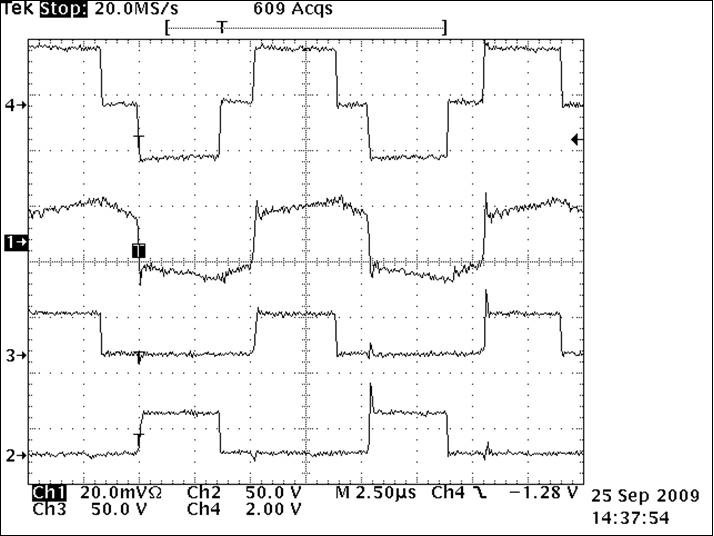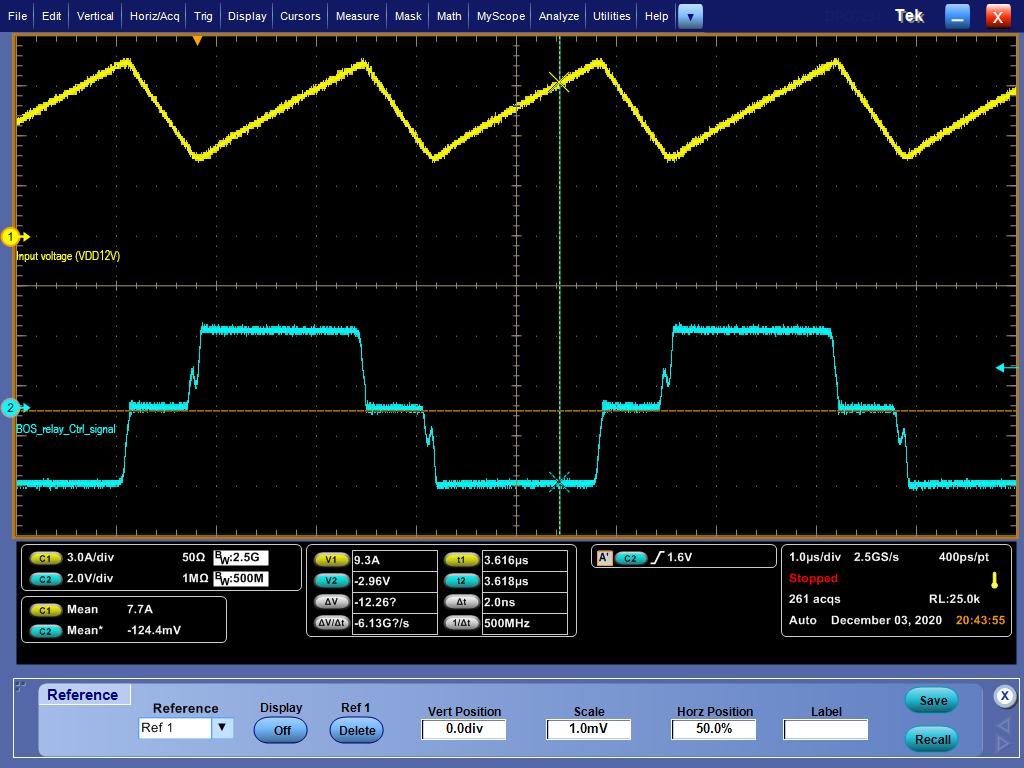Other Parts Discussed in Thread: PMP8740
Hi,
We are currently testing the PSFB board. We are almost realized the ZVS.
Now the heat dissipation on MOSFET is very minimum while we increasing the load.
But now our concern is the heat dissipation on shim inductor.
Shim inductor Part No: 2301-V-RC - 10uH 20A toroidal inductor
We have reduced number of turns to make it 2.7uH at which we are able to achieve ZVS.
In this condition the temperature of shim inductor is increasing above 75°C when 10Amps loaded in the output.
So we are not able to increase the load further because it may cause failure in shim inductor.
Please guide us how to design or select the shim inductor. Please suggest any suitable part in your view.
Please send if there is a design document for shim inductor designing.





